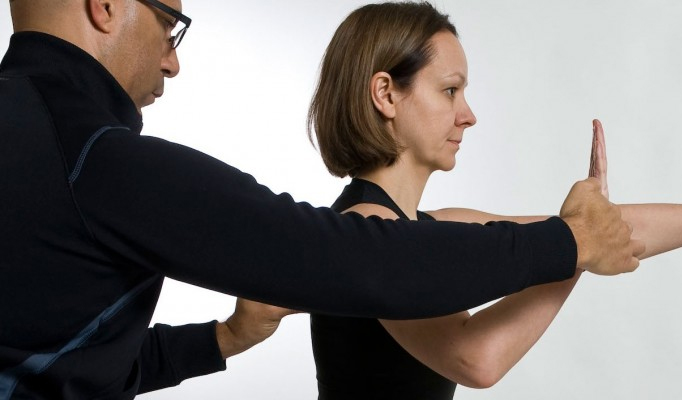What is INFObesity & Do You Have It?
We want better health, and so we seek better nutrition and health information, and we share that information. And then we seek and we share, some more. And we seek and we share, and we seek and we share and… we become INFObese – the unhealthy condition of having too much nutrition and health information.
 To be clear, information is not the problem and not all information is bad or wrong. Actually there is a lot of better quality nutrition information today.
To be clear, information is not the problem and not all information is bad or wrong. Actually there is a lot of better quality nutrition information today.
But just like the fats we eat, while some information is needed, even essential, for our bodies to run better, too much overwhelms, weighs down, and interferes with our body (and mind) running better.
Too much nutrition information is a health risk. Do you have INFObesity?
Assess your current nutrition information load to find out if you suffer from this condition:
- Grab a piece of paper.
- Draw a bull’s eye with five circles (like a dart board).
- In the center circle, write “Me Today”. This circle represents who you really are right now. Write down your likes, dislikes, lifestyle, health status, choices, and resources.
- In the next circle, write “My Health – Top 5”. This circle represents who you are based on the top 5 things that are most important to your current health status and health goals.
- In the next circle, write “Me, Myself, and I”. This area represents the roles you play in your life currently like friend, spouse, ballerina, and more.
- In the next circle, write “You Don’t Really Know Me”. This area is how a company would target you if they didn’t know you on a personal level (so by your age, gender, where you live, your household role, your work).
- In the final circle write “You Don’t Know Me at All”. The outer circle is not targeted to you at all.
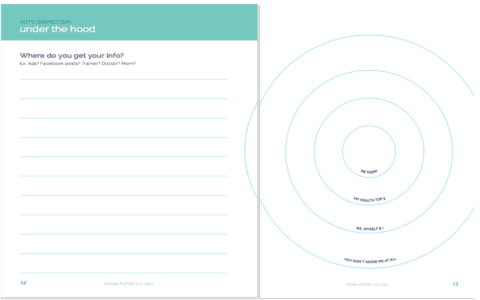
Image courtesy of ashleykoffapproved.com
Now on a separate piece of paper, jot down all the sources of nutrition and health information that you encounter in a week. Your neighbor, your guardian, a tweet, a magazine article, a TV commercial, a package of food, a yoga instructor, a dietitian or doctor’s advice.
Now assign each of the sources to a place on your bull’s eye. What does your picture look like?
When most of your information comes from sources in the first two circles (the bull’s eye and the next circle), you are doing better. You can still have too much information, but at least you are getting information specific to who you really are right now and to your personal health goals.
Look at the rest of your bull’s eye. Are you taking in highly-targeted information more often? Or are there more sources in the outer circles than the inner ones? And are there too many sources overall? You likely suffer from INFObesity.
The good news is that now that you have assessed your current information status, we can address what needs attention. But first, keep what is already better. Make sure to note and keep the sources that fall closest or are in the bull’s eye. And to rely on their information more often. To reduce your INFOload and improve its quality, could you get rid of some of the sources on the outer circles, could you choose different sources, more targeted sources, more often?
Want better help? Stop guessing what your body needs to run better (based on non-targeted or less targeted information). The better nutrition membership tools will help you assess your current nutrition and health so that you can see what your body really needs to run better. Then additional tools, including the weekly #Do1ThingBetter challenges will help you make better, not perfect, choices more often. (You can join The Better Nutrition Membership to have unlimited access to these better tools and support from me and other members.)\
Originally printed on ashleykoffapproved.com. Reprinted with permission.
Ashley Koff RD is your better health enabler. For decades, Koff has helped thousands get and keep better health by learning to make their better not perfect nutrition choices more often. A go-to nutrition expert for the country’s leading doctors, media, companies and non-profit organizations, Koff regularly shares her Better Nutrition message with millions on national and local television, magazines and newspapers. Visit her website at ashleykoffapproved.com. Ashley is also available for nutritional consultations.

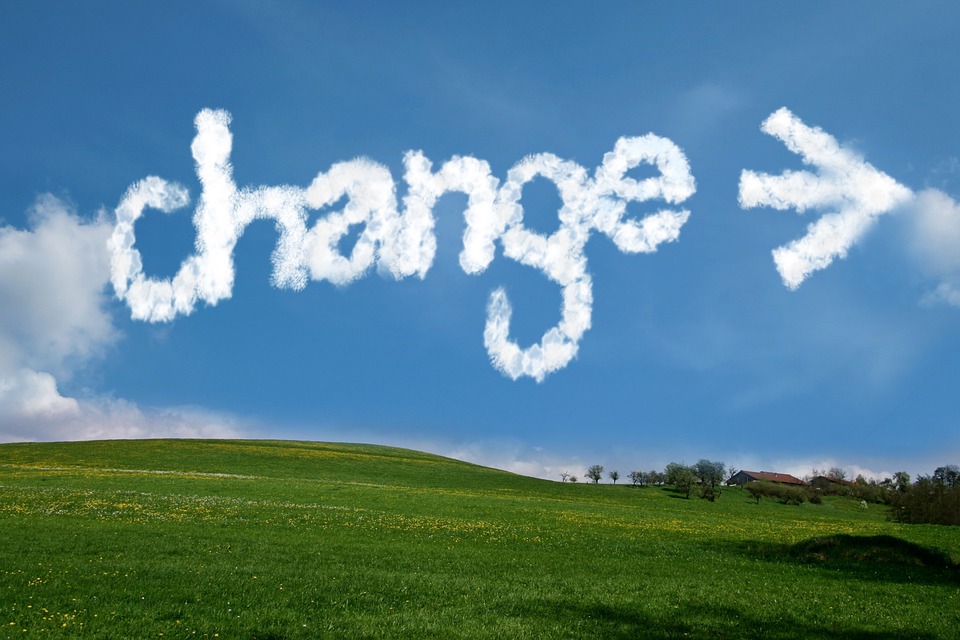
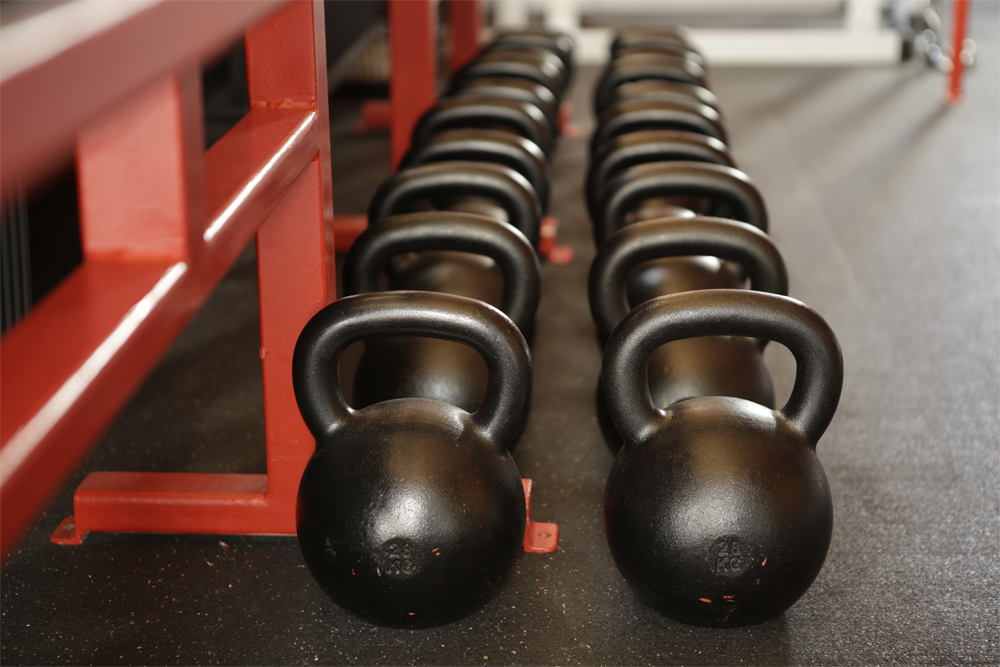
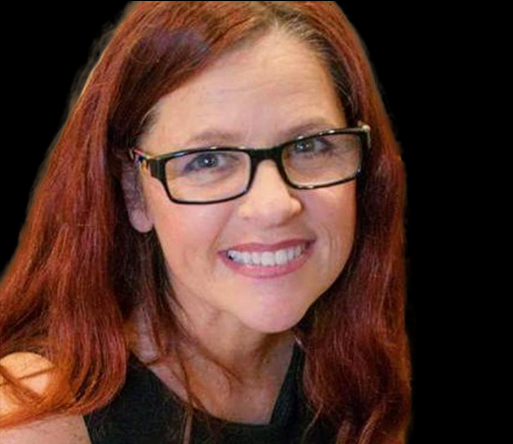
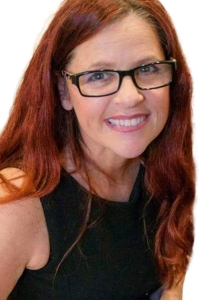 Name: Tracy L. Markley
Name: Tracy L. Markley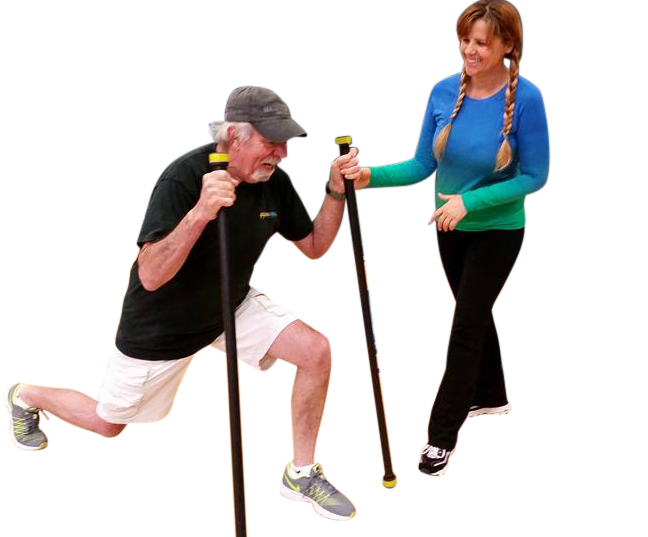 What is one of your favorite memories involving working with someone who has a health challenge or disability?
What is one of your favorite memories involving working with someone who has a health challenge or disability?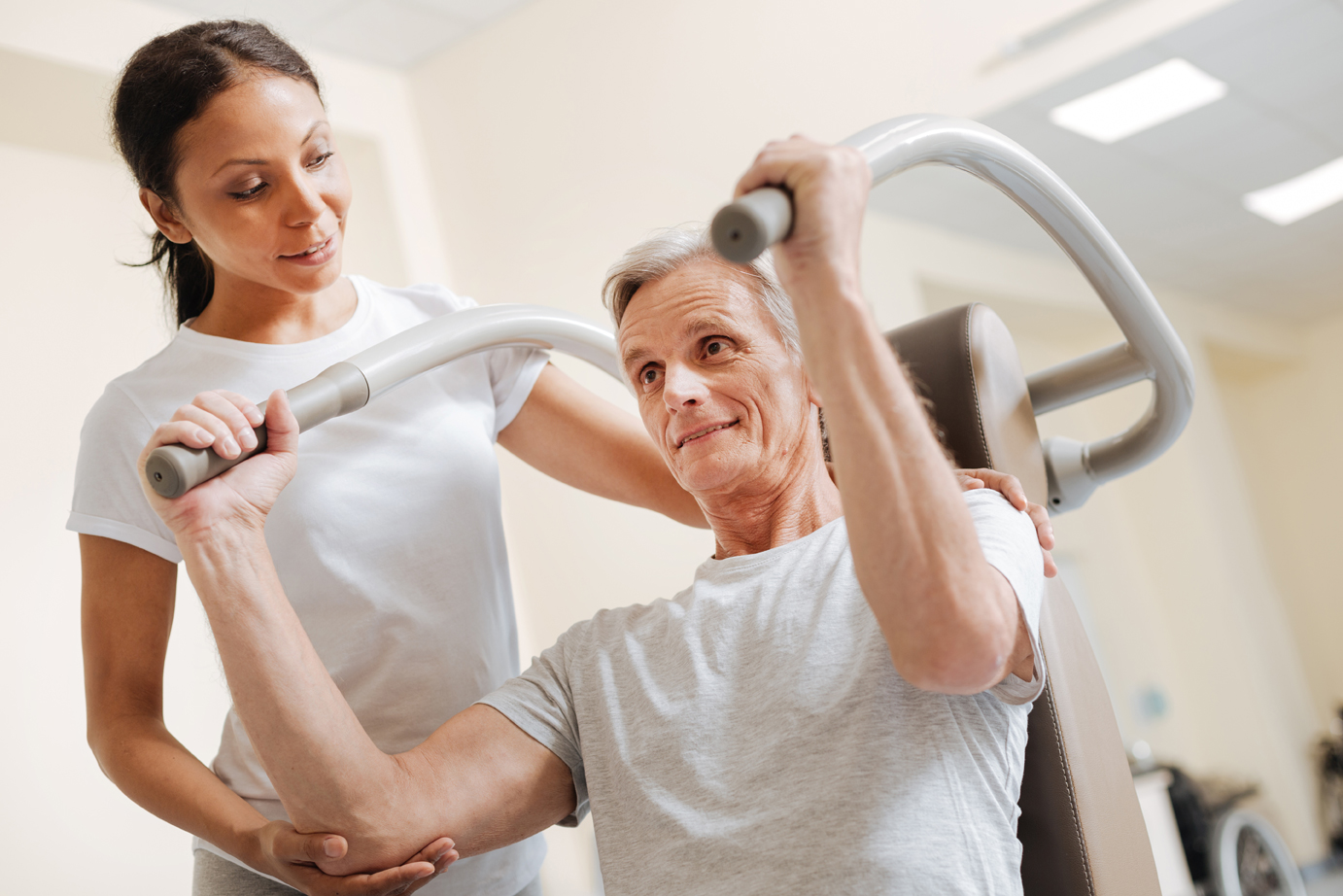
 With this thought in mind I would like to share some thoughts with you on how you might make your efforts at becoming fit more fruitful, enjoyable, engaging and successful. Take time to reflect on your current efforts in this vital area of life and think about what it is you would REALLY like to accomplish going forward in life from a new perspective on “getting in shape”.
With this thought in mind I would like to share some thoughts with you on how you might make your efforts at becoming fit more fruitful, enjoyable, engaging and successful. Take time to reflect on your current efforts in this vital area of life and think about what it is you would REALLY like to accomplish going forward in life from a new perspective on “getting in shape”.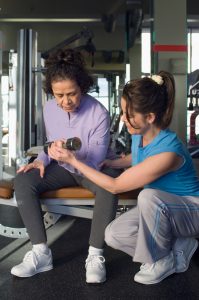 “Doing” is the backside of “being”. BE yourself FIRST as you ARE and then move forward one day at a time, one exercise at a time. If you can’t walk comfortably set your sights on training to become comfortable walking. If can’t walk upstairs without getting out of breath – or carry your groceries while you do – then add strength training to your programming.
“Doing” is the backside of “being”. BE yourself FIRST as you ARE and then move forward one day at a time, one exercise at a time. If you can’t walk comfortably set your sights on training to become comfortable walking. If can’t walk upstairs without getting out of breath – or carry your groceries while you do – then add strength training to your programming. Hey! Did you know that all pain is all in your head? It doesn’t mean you don’t have real pain when something to cause pain happens, or that chronic pain is not real. Feelings of pain are very real and are initiated by the brain for a very important basic reason…to keep you safe.
Hey! Did you know that all pain is all in your head? It doesn’t mean you don’t have real pain when something to cause pain happens, or that chronic pain is not real. Feelings of pain are very real and are initiated by the brain for a very important basic reason…to keep you safe. There is growing evidence that chronic pain is caused by multiple factors including cognitive, physiological, and behavioral factors. If you are working with clients or interacting with a family member with chronic pain, it is important to understand that it is not just simply a physiological response to pain. It is important to effectively influence a client’s attitude, cultural background and belief system-which influences social norms and perceived behavioral control. To achieve the highest positive health/fitness results among the chronic pain population, it is important to know and understand your client as a whole person.
There is growing evidence that chronic pain is caused by multiple factors including cognitive, physiological, and behavioral factors. If you are working with clients or interacting with a family member with chronic pain, it is important to understand that it is not just simply a physiological response to pain. It is important to effectively influence a client’s attitude, cultural background and belief system-which influences social norms and perceived behavioral control. To achieve the highest positive health/fitness results among the chronic pain population, it is important to know and understand your client as a whole person.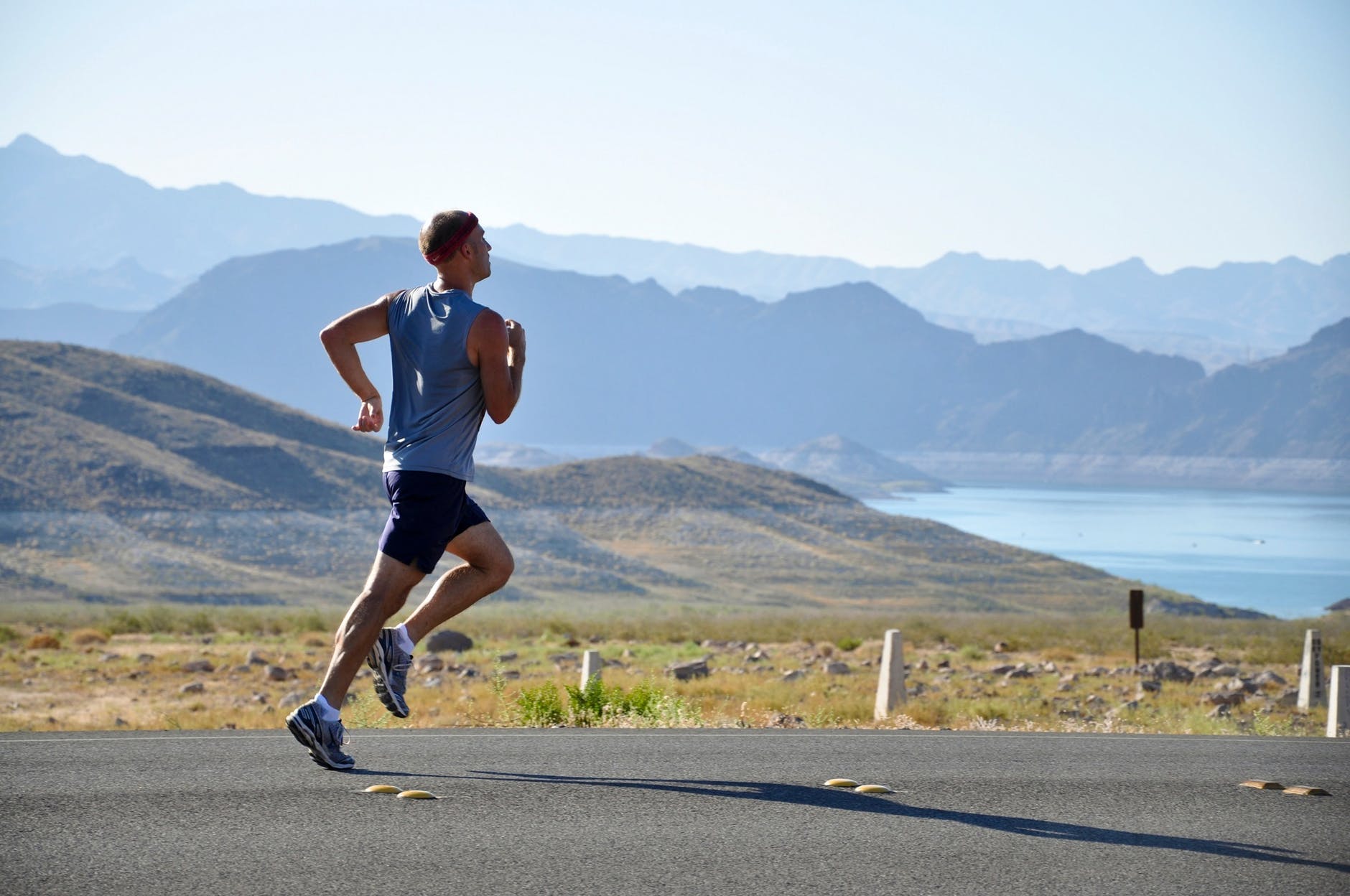
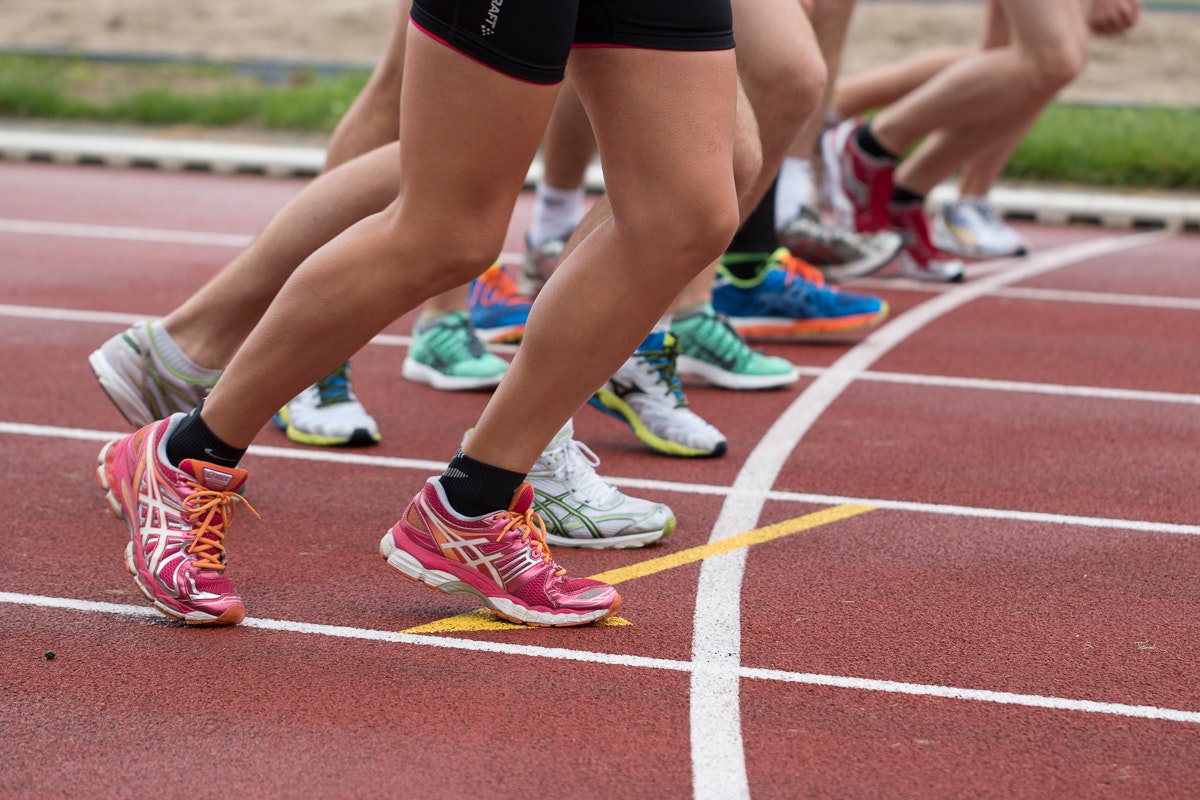 Athletes have many questions about how to fuel for top performance. The Internet abounds with answers—but how do you what’s valid? Here are some trust-worthy answers, based on research presented at the American College of Sports Medicine’s Annual Meeting (May 2018;
Athletes have many questions about how to fuel for top performance. The Internet abounds with answers—but how do you what’s valid? Here are some trust-worthy answers, based on research presented at the American College of Sports Medicine’s Annual Meeting (May 2018; 
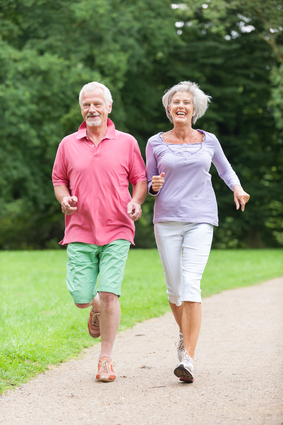 1. See your doctor regularly
1. See your doctor regularly 6. Keep track of what you’re eating.
6. Keep track of what you’re eating.